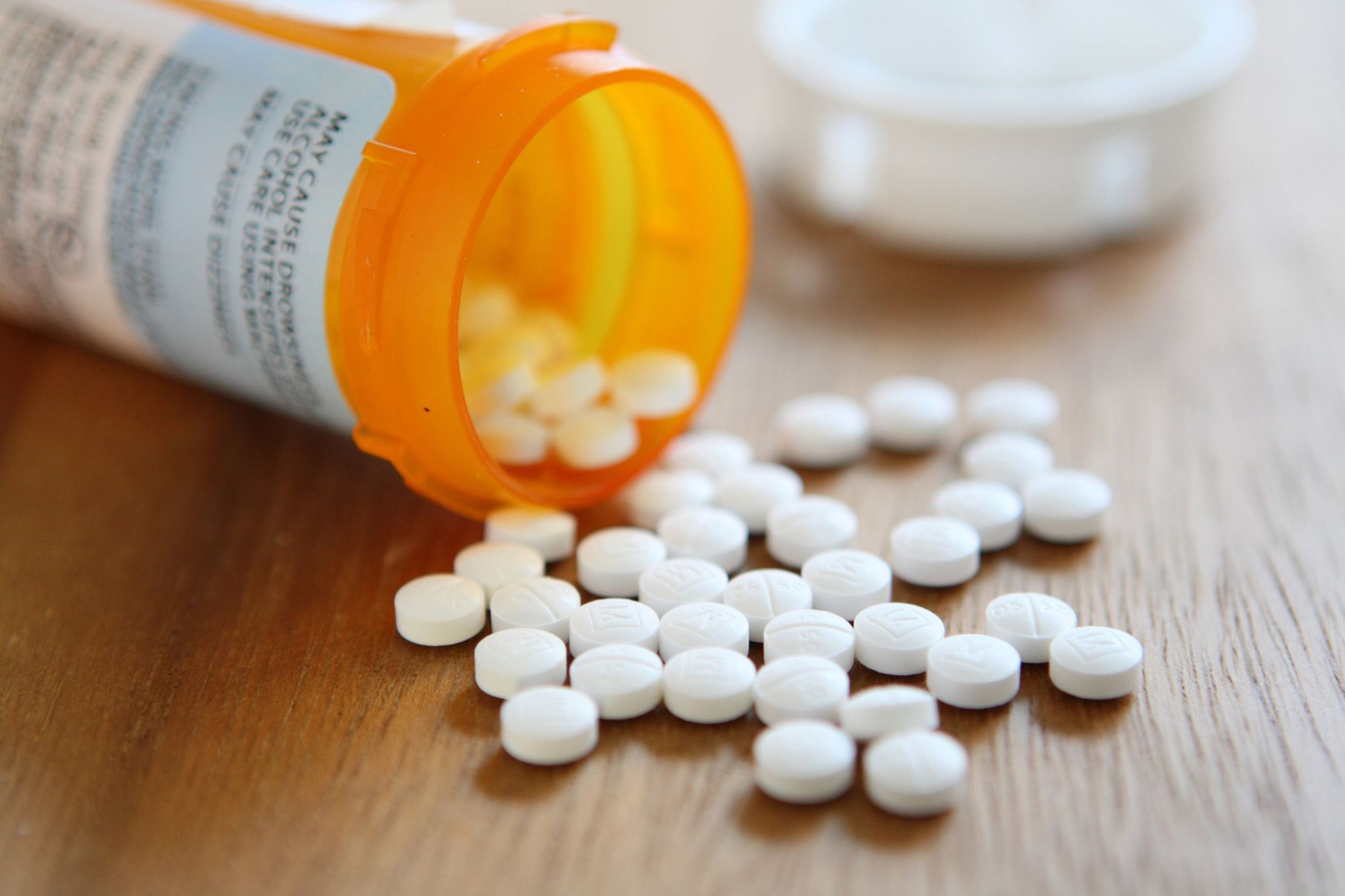Changes that occurred to the ACA in 2014 – Answered
Changes that occurred to the ACA in 2014 – Answered
APA format at least one reference Question You are asked to review and discuss changes that occurred to the ACA in 2014. There were several impactful changes, tell me how you think these changes will improve or damage the act overall (Changes that occurred to the ACA in 2014 – Answered).
Answer
Changes to the Affordable Care Act (ACA) in 2014: Impact Analysis
In 2014, the Affordable Care Act (ACA) underwent several significant changes aimed at expanding access to healthcare, enhancing coverage, and reducing costs. One of the most impactful changes was the implementation of the individual mandate, which required most Americans to have health insurance or face a tax penalty. This mandate aimed to broaden the insurance pool by encouraging younger and healthier individuals to enroll, thereby balancing the risk and reducing premiums for everyone (Blumenthal et al., 2015).
Another major change was the expansion of Medicaid to include all individuals with incomes up to 138% of the federal poverty level. This expansion was designed to cover more low-income individuals who previously fell into a coverage gap—earning too much to qualify for traditional Medicaid but too little to afford private insurance (Kaiser Family Foundation, 2019). States that adopted the Medicaid expansion saw significant reductions in uninsured rates and improved access to care.
The establishment of Health Insurance Marketplaces was also a key change in 2014. These marketplaces provided a platform for individuals and small businesses to compare and purchase insurance plans, with many qualifying for subsidies to offset costs. This increased transparency and competition among insurers, theoretically driving down prices and improving plan quality.
These changes were intended to improve the ACA by increasing coverage and making healthcare more affordable. However, there are arguments that these modifications also introduced challenges. The individual mandate faced criticism for imposing penalties on those who could not afford insurance, leading to financial strain. Additionally, while the Medicaid expansion benefited many, states that opted out left millions without coverage, exacerbating inequalities in healthcare access.
Overall, the changes in 2014 were designed to strengthen the ACA by expanding coverage and making healthcare more accessible and affordable. Despite some criticisms and implementation challenges, these modifications largely succeeded in reducing the uninsured rate and improving healthcare access for millions of Americans.
References
Blumenthal, D., Abrams, M., & Nuzum, R. (2015). The Affordable Care Act at 5 years. New England Journal of Medicine, 372(25), 2451-2458. https://doi.org/10.1056/NEJMhpr1503614
Kaiser Family Foundation. (2019). Medicaid expansion enrollment. https://www.kff.org/medicaid/issue-brief/medicaid-expansion-enrollment-snapshot-data/
(Changes that occurred to the ACA in 2014 – Answered)








